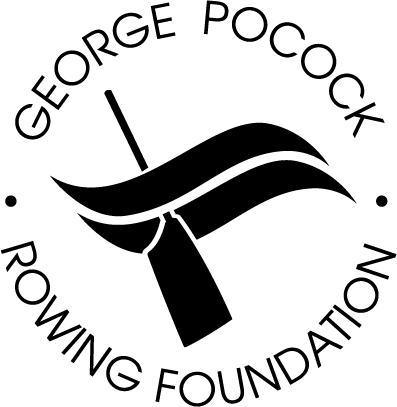Expanding Erg Ed from a new vantage point
Mark Davis is familiar with the George Pocock Rowing Foundation’s Erg Ed® program.
In fact, four years ago, while taking a graduate course in nonprofit management, he wrote a paper about the initiative. An avid fan of the classroom-based indoor rowing education program that teaches school-age students the fundamentals of rowing and how to properly use a rowing machine, Mark wanted to figure out how he could leverage his existing boathouse programs at Sammamish Rowing Association (SRA) to introduce more young people to the sport.
Mark became the SRA Director in 2020 (oh yeah, Covid and all) and initiated that one of the organization’s long-term goals is to ensure that SRA, a community boathouse, represents the community they’re serving. Currently, this isn’t the case. Mark and his board determined that bringing people to the boathouse using the traditional recruitment strategy of word of mouth, flyers, and digital marketing wasn’t going to introduce folks who might not ordinarily know about the opportunities for rowing in the area.
Enter Erg Ed.
Mark is well versed in the structure of Erg Ed - he wrote a paper about it after all - but he didn’t have the knowledge around program implementation. With over a decade of Erg Ed planning and curriculum development experience, our GPRF team, in partnership with SRA, helped bring Erg Ed to the Redmond community.
The first step was to identify a school with which to partner.
One of the SRA master rowers has a teen who went to Highlands Middle School in Bellevue. Highlands is a dual language school that offers both English and Spanish. 50% of the students qualify for reduced or free lunch. Its demographics lean heavily towards Hispanics (41%), and it’s relatively close to the Sammamish Boathouse.
Mark and the master rower reached out to the gym teachers and superintendent about rowing in their physical education classes and received enthusiastic feedback.
The second step was securing equipment.
One of the barriers to Erg Ed implementation is the cost of equipment. Mark has ingeniously found a solution to this issue by supplying the Highlands Middle School athletes with ergs from SRA. Through their operations budget, Sammamish plans to buy 8-10 new ergs a year, selling the older equipment to members for at-home use. This past year, the club held onto the older ergs so that they could utilize them in the Erg Ed program - a deliberate decision made by Mark and the board. The intent is to keep replenishing the equipment over time; buying new ergs and moving the older ones into the Erg Ed program or vice versa. Perhaps they will be used for a Discovery Crew program in the future. The options are plentiful.
The third step is to bridge the gap.
At the GPRF, we have provided ways for youth to find and start rowing through Erg Ed in schools, but what’s next? How can we provide a safe and inviting environment from school to the boathouse so that kids who want to get on the water have that chance? Mark is considering how to fulfill that need. One concept is to hire someone from the school who would also serve as the rowing coach at the boathouse, facilitating practices. The kids would be among their peers, with someone they know and trust, providing them with transportation and a safe space. Bringing this concept to fruition is the goal.
For now, the SRA-Highlands Erg Ed program needs to launch so that more kids can find and start rowing. The current launch date is late this spring and fingers are crossed for no more pandemic-related delays.
And if you’re trying to get rid of ergs at your club, send them over to SRA so they can use them in the Highlands Middle School Erg Ed program!

